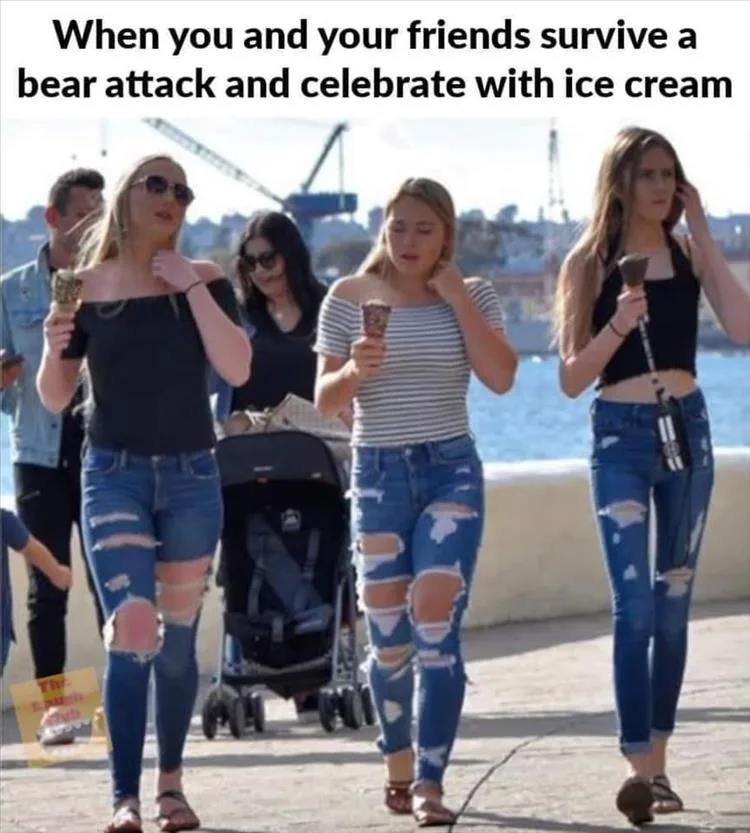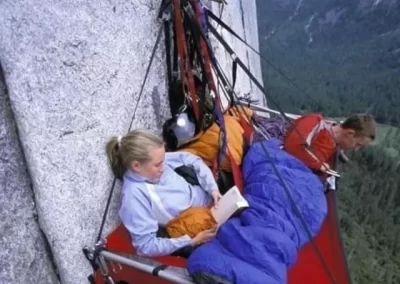Bridging the Gap Between Creativity & Execution
Get Traction with Vision + Executable Steps
If you’re like me, you like brainstorming to come up with juicy marketing ideas that will resonate with your target market. But the buck doesn’t stop there. Great marketing is a blend of creativity plus strategy. One without the other typically falls flat. And when the two work together seamlessly, the results are often fantastic—and measurable! The key to success isn’t just having bold ideas or executing flawlessly—it’s about fusing them into a cohesive strategy that drives real impact—something measurable. Here’s some steps on how you can make your own creativity work for you, and some examples you can follow when you get those tasty little ideas and you want to bring them to fruition.
Where Creative Vision Meets Step-by-Step Action
Great marketing starts with a powerful vision. And ideas don’t always pop in from out of nowhere. It takes throwing all the darts on the wall until the best one sticks.
The greatest and most memorable campaigns are fueled by creativity, inspiring people to engage with brands in new and exciting ways that people talk about. What was your favorite Super Bowl commercial? SEE! Something came to mind, yes? My favorite commercials were all things Matthew McConaughey and Uber Eats.
Today’s marketing is a bit challenging because we’re in flux somewhere between paying homage to the simpler times by creating vintage graphics to super sleek AI-generated graphics. Not only are the good old days resonating with people, but the kids these days are curious about what living with a corded phone must’ve been like. Now’s your chance to give them that visual! In fact, I’m looking for a client who wants to introduce a corded phone into their brand messaging. I have some ideas I’d love to play around with.
All that to say: what sets successful marketing apart is the ability to turn whatever vision you have into reality through structured execution. Because when creativity and execution are in sync, marketing efforts build meaningful connections with your audience, deliver measurable and lasting impact, and create brand consistency and recognition.
How to Make Creativity Work for You
Creativity is the spark that ignites a campaign, but it needs a well-crafted strategy to shine. By designing a clear execution plan, you ensure that every brilliant idea reaches its full potential. In my experience, here’s how to bring creativity to life:
1. Define the Destination
Before launching a campaign, get crystal clear on the end goal. Whether it’s increasing brand awareness, driving conversions, or deepening engagement, defining success gives creativity a roadmap.
Example: A fitness brand wants to launch a new product line of eco-friendly workout gear. Instead of simply promoting it, they define their goal: to position themselves as the leader in sustainable fitness apparel within six months. This clarity helps shape their messaging, partnerships, and promotional strategies.
2. Build an Actionable Plan
Every strong marketing strategy outlines steps to bring an idea to life. Deadlines, team responsibilities, and performance checkpoints help keep execution on track.
Example: A boutique coffee brand wants to increase online sales. They break their goal into actionable steps: launching a social media campaign, collaborating with influencers, offering limited-time specials or daily discounts, and setting weekly performance reviews. This structure ensures that creativity leads to measurable progress.
3. Adapt and Evolve
And here’s one of my other favorites: embrace the power of optimization. If something isn’t working, adjust it. Creativity thrives in flexibility, and data-driven insights guide smarter decisions.
Example: A travel agency launches a digital campaign to promote adventure tourism. Midway through, they notice that engagement is highest on their behind-the-scenes videos rather than traditional ads. They pivot their strategy, focusing on immersive storytelling and real customer experiences to maximize impact. And if you’ve read my previous blogs, you know I’m all about experiential marketing in 2025!
4. Create a Seamless Brand Experience
From social media to email campaigns to website messaging, every touchpoint should feel connected. A cohesive marketing plan ensures that your brand speaks with one voice across all platforms. This includes your URLs. All too often I see one brand using a variety of names on their social sites, their video channels, and their domain. Round ’em up! Sure, you might have to abbreviate a name for Instagram but try to match your names across all channels, just like you maintain the same voice, colors, fonts, and message.
Example: A skincare brand ensures that its website, social media, and email marketing carry the same look, tone, and message, emphasizing its natural approach to anti-aging. Their voice and tone are mature, optimistic, and helpful. Their colors and soft, and of course, must incorporate Pantone’s color of the year: mocha. Whether a customer visits their Instagram page, their website, or open a newsletter, they experience a cohesive journey, reinforcing brand trust and recognition.
5. Marry Creativity with Analytics
Numbers don’t stifle creativity—they enhance it. Use data to shape your marketing approach, ensuring that bold ideas translate into tangible success. Let Google Analytics be your friend. For my WordPress fans, I recommend installing Site Kit on the backend of your website.
Example: A nonprofit runs a fundraising campaign with a heartfelt video message. They use A/B testing on different messaging styles and track engagement rates. By analyzing which version drives more donations, they refine their storytelling approach for future campaigns.
Bringing It All Together
Marketing isn’t about choosing between creativity and execution—it’s about uniting them into a dynamic force that captivates, inspires, and converts. When brands intentionally bridge the gap between ideas and action, they unlock the full potential of their marketing efforts.
Looking to bring creative ideas to life with a keen marketing strategy? Let’s collaborate to design marketing that works—not just in theory, but in reality. Because when vision and execution move together, that’s when the real marketing journey begins.









